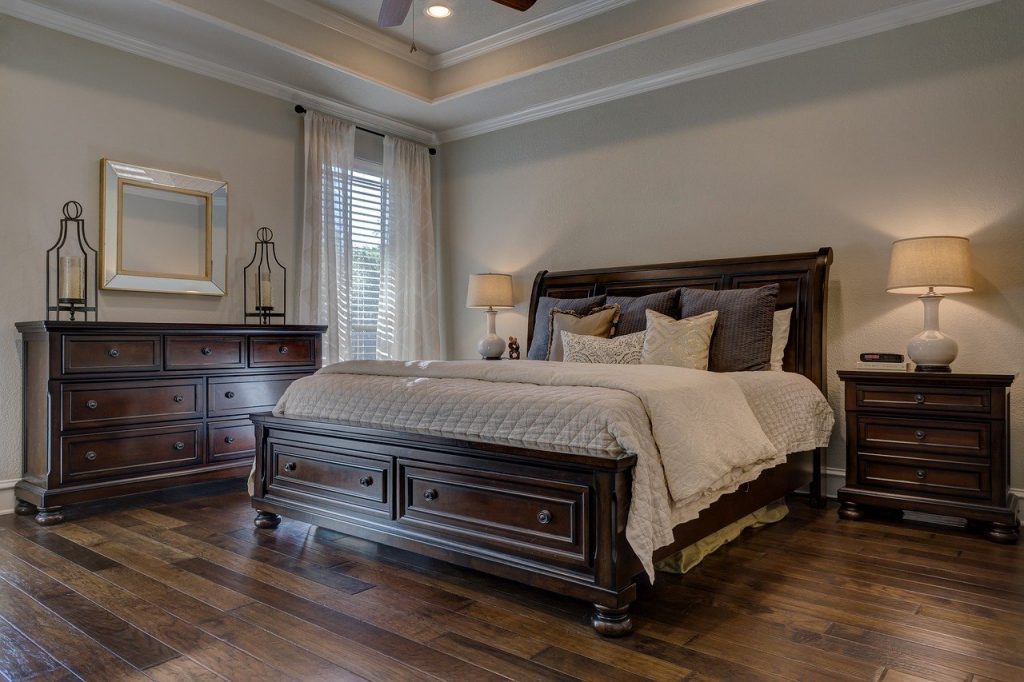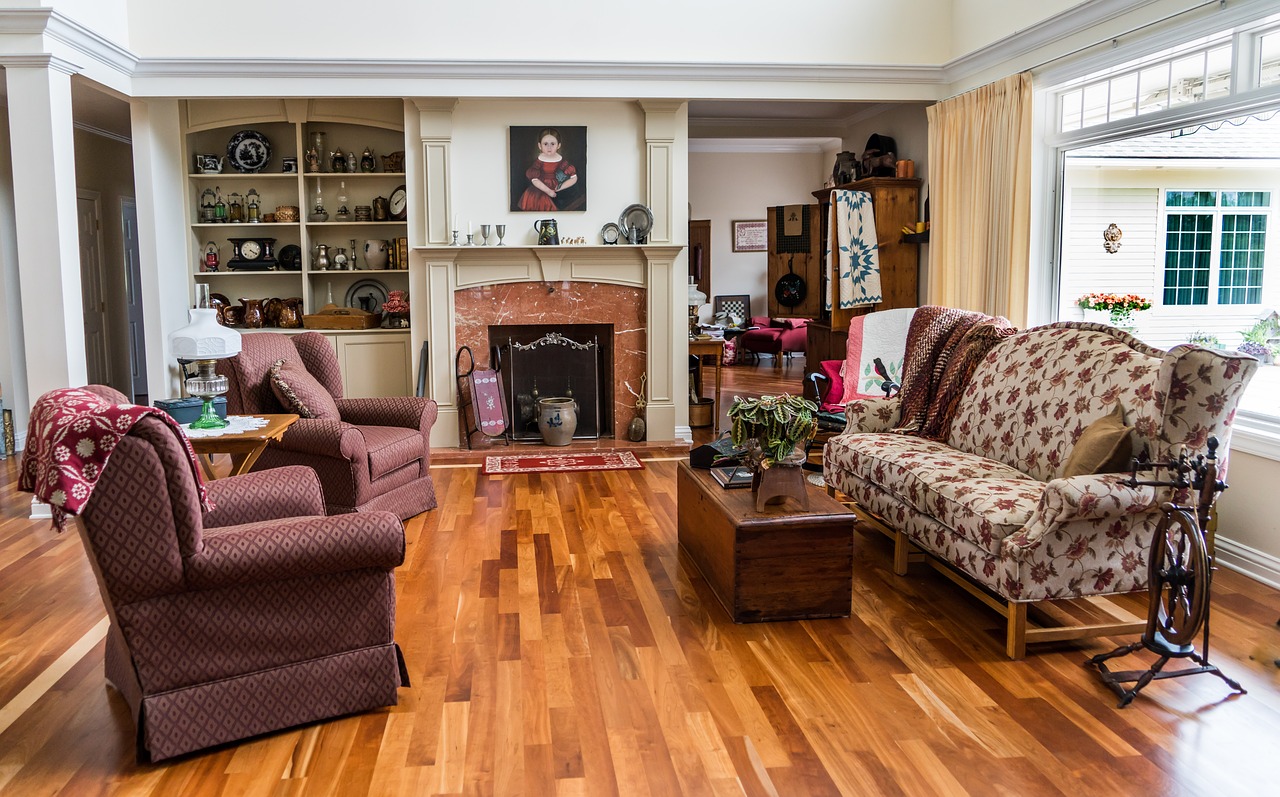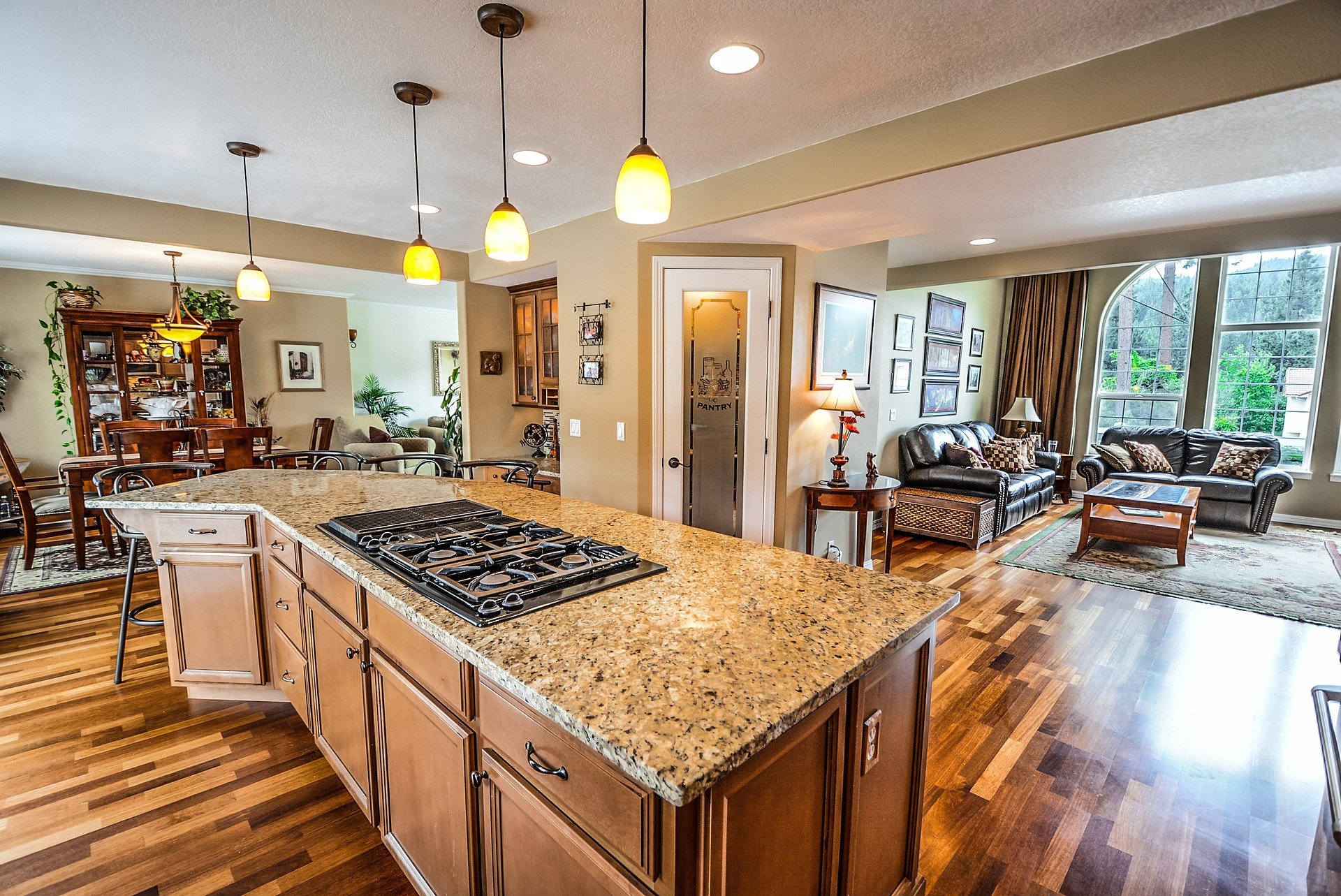Cleaning and Maintaining Hardwood Flooring
Hardwood floors are highly attractive and can last for generations although for some people their upkeep might seem a bit difficult. With seasons changing, different problems like ice, rain, dirt, or leaves come for your hardwood flooring and you have to take care of them.

Hardwood floors are highly attractive and can last for generations although for some people their upkeep might seem a bit difficult. With seasons changing, different problems like ice, rain, dirt, or leaves come for your hardwood flooring and you have to take care of them. Whether your wood flooring is solid, engineered, or reclaimed wood, the routine is usually the same. Proper cleaning and maintenance will enhance the performance of the floor, prolong its life, promote long-term sustainability of raw materials, and last but not least, protect the investment that you have made.
Cleaning Hardwood Flooring
First and foremost, you have to make sure you vacuum regularly your flooring. Pieces of debris act as sandpaper when you are walking across them with your shoes and can scratch and ruin the surface of your flooring. Vacuum with the bare floor setting that turns off the brush roll or use the flat attachment. This will protect the floor from the bristles of the vacuum cleaner and will prevent scratching. Strong suction will help with pulling up dust and debris in between the planks and in cracks and crevices.

Routine cleaning also involves daily sweeping and mopping to remove dust and dirt. Make sure you don’t soak the floors when you are cleaning them because this will cause the wood to swell. You should not use steam mops. They might clean well but they also allow the vapor to enter small spaces and they might damage the floor’s finish or the actual wood over long periods of time. Use a dry or slightly damp mop and immediately clean anything you spill.
Different finishes require different treatments. Therefore, you should follow the recommendations of your manufacturer and identify the right cleaning product that is specifically made for the finish of your floor. You should avoid using harsh chemicals to clean hardwood flooring. Chemicals applied to the finish are likely to create hazing. Also, avoid furniture polish, ammonia, pine cleaners, vinegar and any products that promise to rejuvenate, revitalize, or shine wood floorings. These cleaners may dull or damage the finish you have previously applied and can make recoating in the future harder.
Hardwood Flooring Maintenance
Hardwood floorings are timeless and durable but they can easily be damaged if the right conditions for them are not provided. Humidity is a huge factor when it comes to wood floors, because when there is too much moisture on, around, or below the flooring, it will cup. To prevent this from happening, you have to immediately eliminate the source of water. On the other hand, exceedingly dry conditions are also not good for wood floorings. They usually induce gapping, cracking, and spitting. It helps if you use a humidifier in order to add a little moisture to the air. This will allow your floor to settle back down.

Scratches are something that is inevitable but can be seriously decreased by using furniture pads on the legs, chairs, sofas, and tables. The loosely-woven olefin fibers they are made from absorb pieces of grit instead of just trapping them against the felt which can lead to further scratching when you are moving your furniture around. Using rugs at exterior doors and the base of your stairwells is another thing that can help you avoid scratches. Place mats usually trap dust and grit that comes from increased traffic. Moreover, for small scratches of spots you can use a wood furniture touch-up kit to remove some imperfections on a spot-by-spot basis.
Over time, your wood flooring might start to look a little dull. Every floor is different and its maintenance varies depending on use, wear and tear, and lifestyle. However, chances are that at some point you are going to need touching up or recoating. It is better do a recoating sooner rather than later. Manufacturers recommend refinishing your flooring every 3 to 5 years. Applying a new coat of wood floor finish doesn’t necessarily involve sanding. You could simply apply another coat of finish on top of the already existing one. This will certainly bring back the luster and prolong the life of your floor.
